Theoretically then, we’re already nearly halfway there, even though slower chargers will need replacing and the geographic imbalance must be addressed (for example, Greater London has 26% of chargers, while Wales has just 3%, says Zap-Map).
But public charging is already frustrating many users. “How the hell are we expected to get to carbon neutral when the charging network is so random, inconsistent and generally awful to use?” tweeted Conor Twomey, head of UK public relations for Mitsubishi, maker of the country’s best-selling plug-in hybrid, the Outlander PHEV.
A snapshot provided by ZapMap for 29 May showed that almost a quarter of chargers were out of service. Of those, 7.5% were flagged up with a problem while 16% were not communicating their status, leading Zap-Map to assume they were not working.
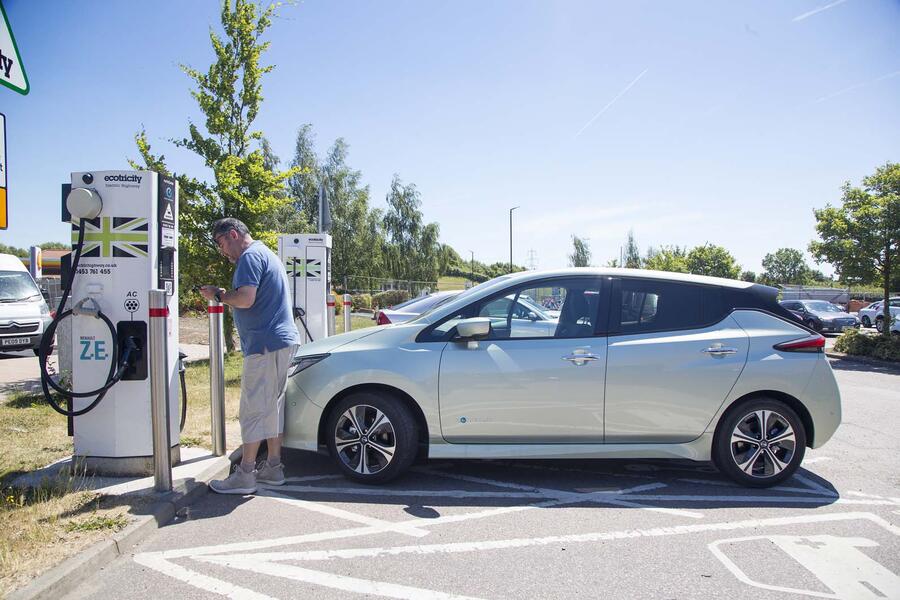
The sheer number of charger providers is one problem. Zap-Map lists more than 50, each with their own network and, sometimes, their own monopoly of a location. Ecotricity, for example, signed exclusive agreements with motorway service station operators such as Welcome Break, but has been singled out multiple times for the poor reliability of its chargers. The alternative is off-motorway stops, usually in places without the variety of shopping and eating choices motorway services offer. Ecotricity declined to comment.
Even if the charger is working, you then have to figure out how to use them. Some of the blame can be pinned on the car manufacturers themselves for not agreeing on a standard charging protocol, resulting in different connectors for different charging systems. CCS (combined charging system, so called because it combines AC and DC charging in a single plug) is becoming more popular, but the dominant connector is still the Japanese-developed Chademo DC system used by both the Nissan Leaf and the Mitsubishi Outlander.
But perhaps the biggest stumbling block to usability is payment. To foster loyalty, a charger provider might require you to become a member and pay a monthly fee in return for cheaper charging. That might work fine if you stay in that network but, with more than 50 charger operators, it’s almost impossible.
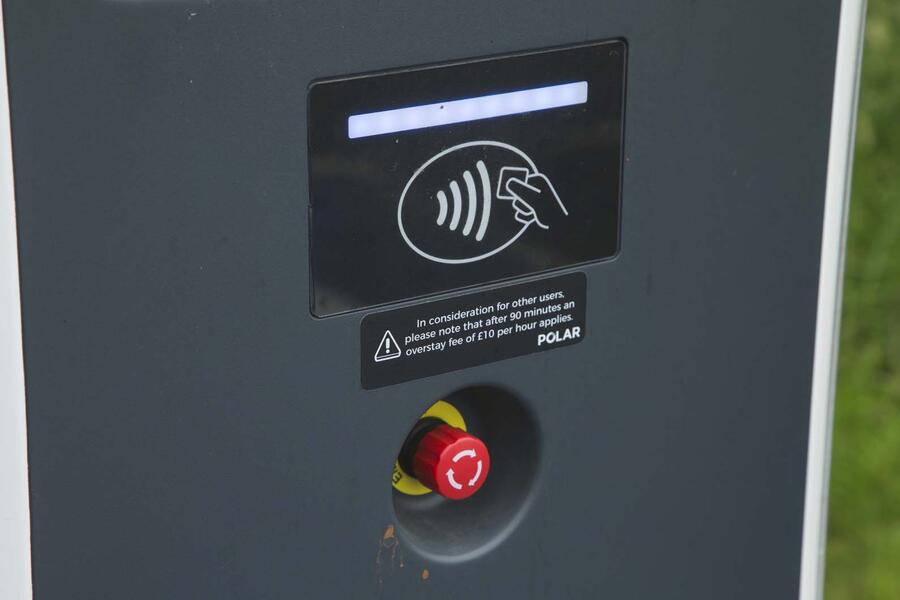
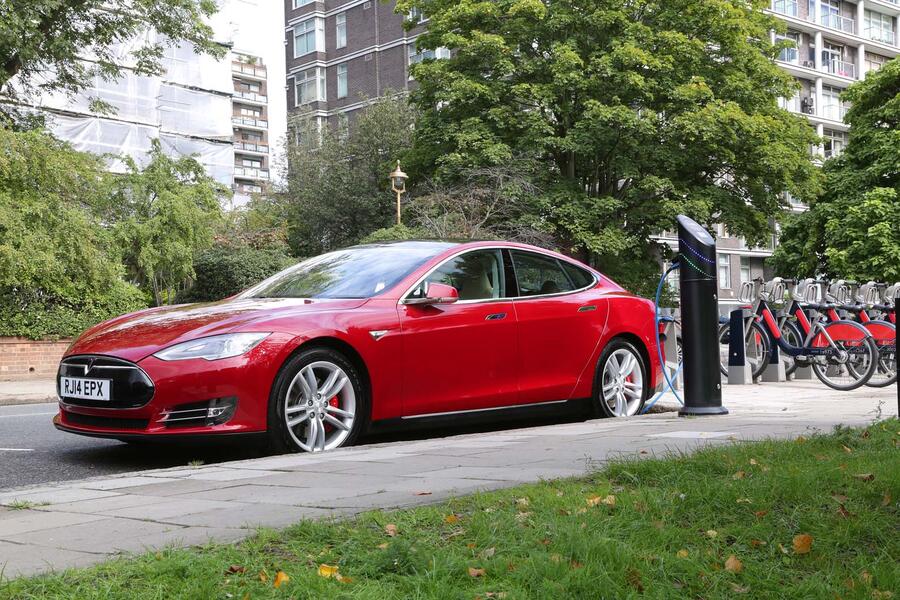


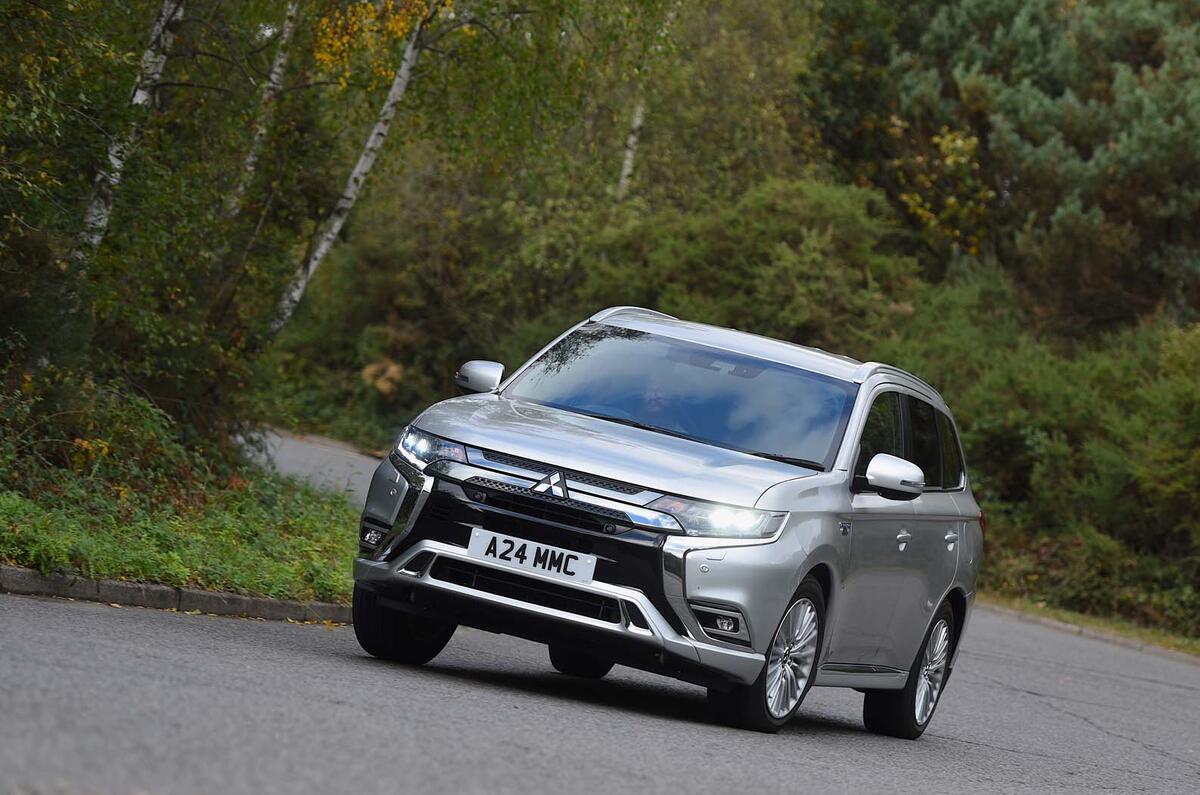


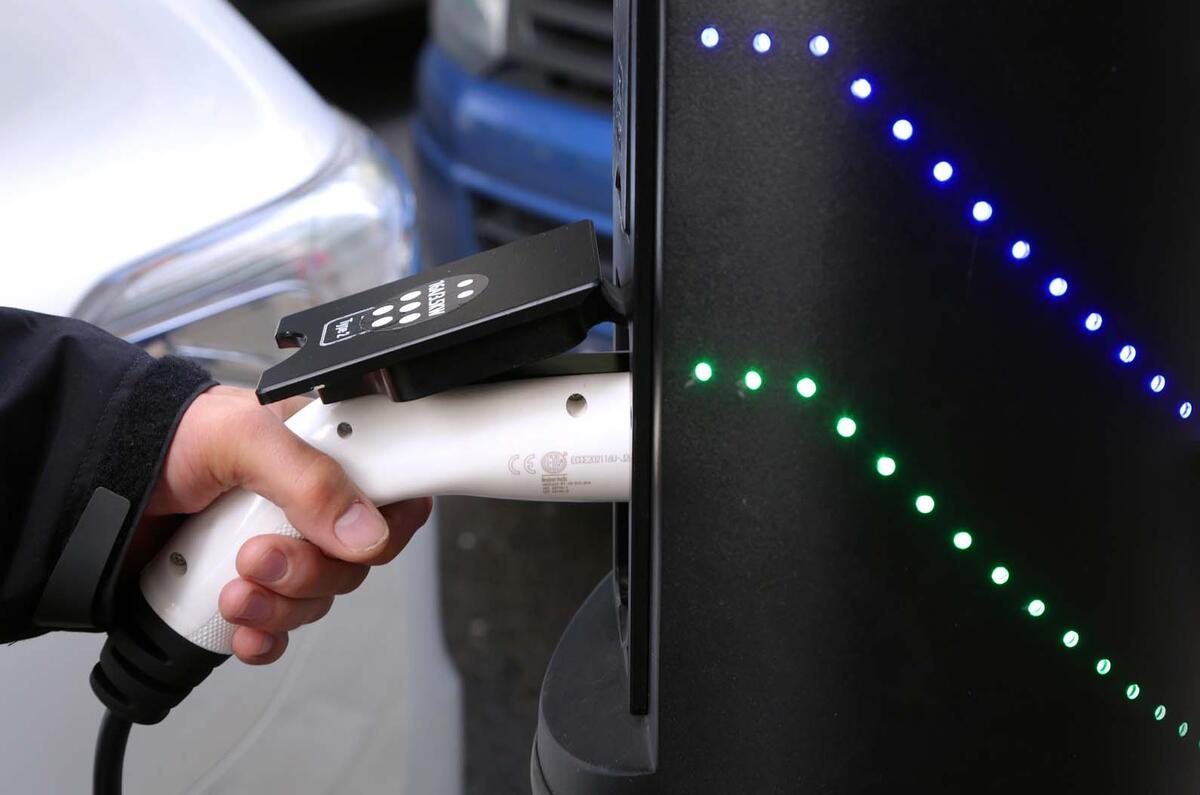


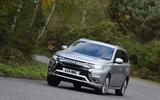


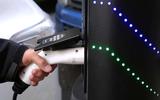
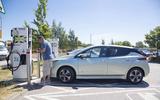


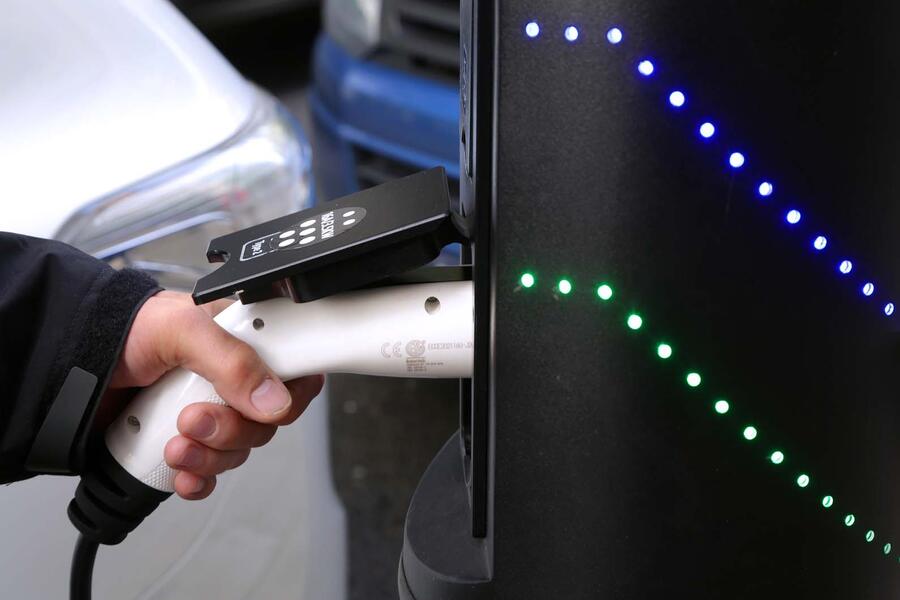
Join the debate
pioneerseo
guitar accessories
The Apprentice
Its amusing Ecotricity losing
Its amusing Ecotricity losing money voluntarily, Of course I used them with my Outlander when it was free, but I would have continued to do so if they had charged a rate competitive with domestic prices or slightly higher.But they chose to price PHEV's off the network as their rates to this day are higher than just running on petrol. They accused PHEV's of 'charger blocking' for more needy EV's and probably was the case when it was free. But a PHEV only needed 20 minutes and being on a motorway services few people would want to stay any longer than they had to. I think if they had realistic pricing some PHEV users would come back to using them.It can't be worse than as the article points out, they sit languishing unused and losing money.(also partly due to their pricing being unpleasant even to EV drivers who can take a lot more power onboard, they tend to use them only if desperate)
CarNut170
20 minutes?!
20 minutes?! - Max 10 for a motorway pitstop, thankfully I have a vehicle capable of a 600 mile range and have never had to fill up at a motorway services, as the prices have and always will be astronomical (even when purely EVs).
The fixation on profit only will kill the EV concept - unless government mandate a maximum limit for electric rates from chargers tied to the base rate for generation, nobody will ever travel long distances in EVs.
And for me, and polls show a majority of drivers - that's a showstopper.
Of course there are alternatives to the current model of car ownership (such as borrowing a car from the dealer for a weekend) which look promising.
However, it would be far easier to just buy a diesel PHEV - and get decent economy even when generating electricity (notice ALL large industrial electricity generators are diesel.... there's a reason).
Diesel PHEVs negate the particulates issue (NOx is harmless), and reduce CO2 - saving the planet, and removing the inner city-only public health issue
pioneerseo
carte itunes maroc
Brew
The contactless payment
The contactless payment system needs careful implementation. Engeneie pre-authorise £29 everytime you scan. One failed charge and you can be looking at loosing access to £58 for a upto a month for a fiver of leccy. I can't afford to do that too many times.
xxxx
Like I've always said
People will use home chargers the vast majority of the time, I wouldn't be surprized if currently over 90% of EV power comes from a socket/wall charger in the home. Go on the BOLT forumns in the US and there're owners who've never used a public charger. And why would they when they can be twice as expensive compared to over night rates, afterall who'd go to a petrol pump that charged £13.99 a gallon?
For the next 7 years public charging points will only be emergency and top up's only for the vast majority of people, afterwhich 200kW chargers will be as more common than petrol stations.
The only exception to the above are Telsa free charges which will be ending soon anyway
typos1 - Just can’t respect opinion
xxxx
Should also have mentioned
The exception to the rule, people without parking spaces. Well do BEVs have to cover 100% of the market to be a success, 'no' is my answer, removing 60-70% of ICE polution would be a massive gain.
Besides when 350kW chargers become the norm I suspect 'non-driveway' owners will use these but pay more per kW than most, but it'll still be less than petrol!
typos1 - Just can’t respect opinion
Add your comment